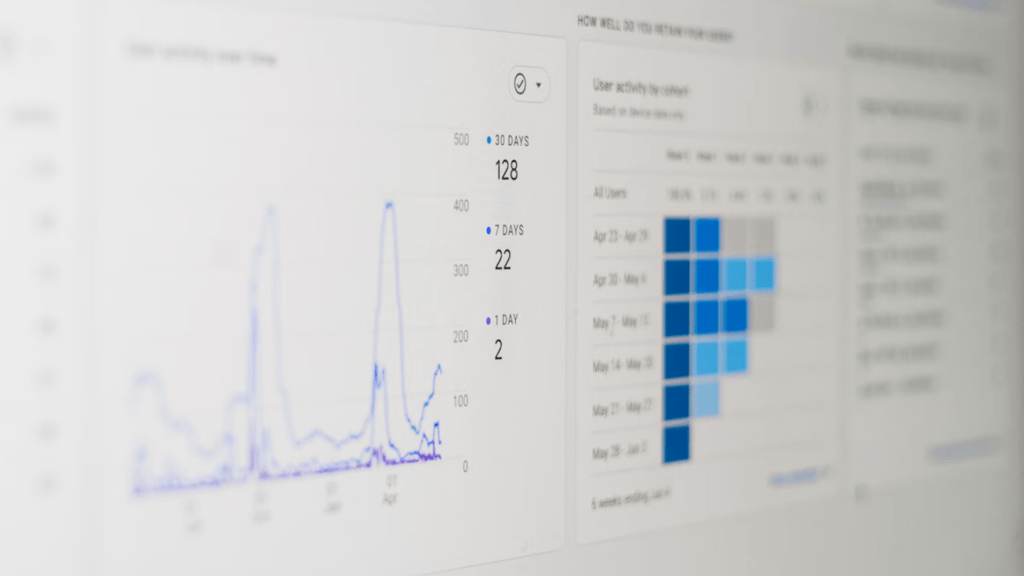The Power of Customer Data Platforms
Customer Data Platforms consolidate customer data to enable personalisation, boost engagement, and support measurable business growth.
Authored by Rob Carson | 22nd April 2025Succeeding in today’s data-driven world starts with one thing: Knowing your customers inside and out. The better you understand their needs, behaviours, and preferences, the greater your chances of success. However, with customer interactions spanning websites, apps, social media, email, and more, creating a complete customer picture can be challenging. This is where Customer Data Platforms (CDPs) become invaluable. They provide a unified view of your customers, enabling personalised experiences and driving significant business growth.
What is a Customer Data Platform (CDP)?
A CDP is a software solution that collects and unifies customer data from diverse offline and online sources into a single, comprehensive profile. This "single customer view" (or SCV if you want to add another abbreviation to your glossary of terms) eliminates data silos, giving marketers a 360-degree perspective of each customer. Instead of guesswork, you gain access to preferences, behaviours and history all in one place. Importantly, CDPs are designed for user-friendliness, empowering marketers to create and manage segments and distribute them across various channels without complex coding.
While initially focused on marketing, CDPs are now used across sales, service, and support, demonstrating their value beyond marketing. It's important to note that a CDP complements a company's master data management system (MDM) rather than replacing it, adding real-time transactional events and analytical characteristics to customer profiles for enhanced marketing effectiveness.
What a CDP Should Offer Your Business
A high-performing CDP provides these core functionalities:
- Comprehensive Data Collection: Real-time collection of online and offline data, regardless of volume. This includes known identifiers (name, email, address) and unknown identifiers (cookies, IP addresses, device IDs), along with behavioural data and attributes.
- Profile Stitching: Creation of a single, unique customer ID (SCVID) for everyone, linking data from various sources to build a holistic profile.
- Audience Activation: Seamless activation of audience segments across marketing and advertising technologies (MarTech and AdTech), including email marketing, mobile notifications, website personalisation, and paid media campaigns.
- Flexible Connections: Built-in connectors to popular platforms and the ability to create custom connectors for unique business needs, integrating proprietary data models and connecting with non-standard partner APIs.
- Scalability and Performance: The ability to handle large data volumes efficiently, ensuring real-time insights and activation.

Key Considerations Before Investing in a CDP
- Conduct an Assessment: CDPs are a significant investment. Clearly define your business needs and quantify the potential return on investment (ROI).
- First-Party Data Inventory: Identify the data you collect and its accessibility.
- Data Volume and Consent: Assess your first-party data volume and ensure you have the necessary user consent for its use. (Remember to verify current data privacy regulations for specific regions).
- Engagement Channels: Determine your customer engagement channels (website, app, email, etc.).
- ROI Expectations: Establish clear ROI targets to measure the success of your CDP investment.
Consider Expert Guidance
A successful CDP implementation requires careful planning, strategic thought, multi-stakeholder alignment and specialist expertise, including, but not limited to the below:
- Align business use cases with CDP functionality.
- Ensure stakeholder alignment and define clear roles and responsibilities.
- Develop a robust CDP RFI/RFP process and proof of concept.
- Successfully integrate the chosen CDP into your existing technology stack.
Final Thoughts
By taking a strategic approach, you can use a CDP to gain a deeper understanding of your customers, personalise their experiences, and drive significant business growth. But remember: success doesn’t come from technology alone. It also requires clear goals, internal alignment, and a readiness to act on the insights your CDP provides. When done well, a CDP becomes more than a tool - it becomes the engine powering smarter decisions, stronger customer relationships, and long-term competitive advantage.
